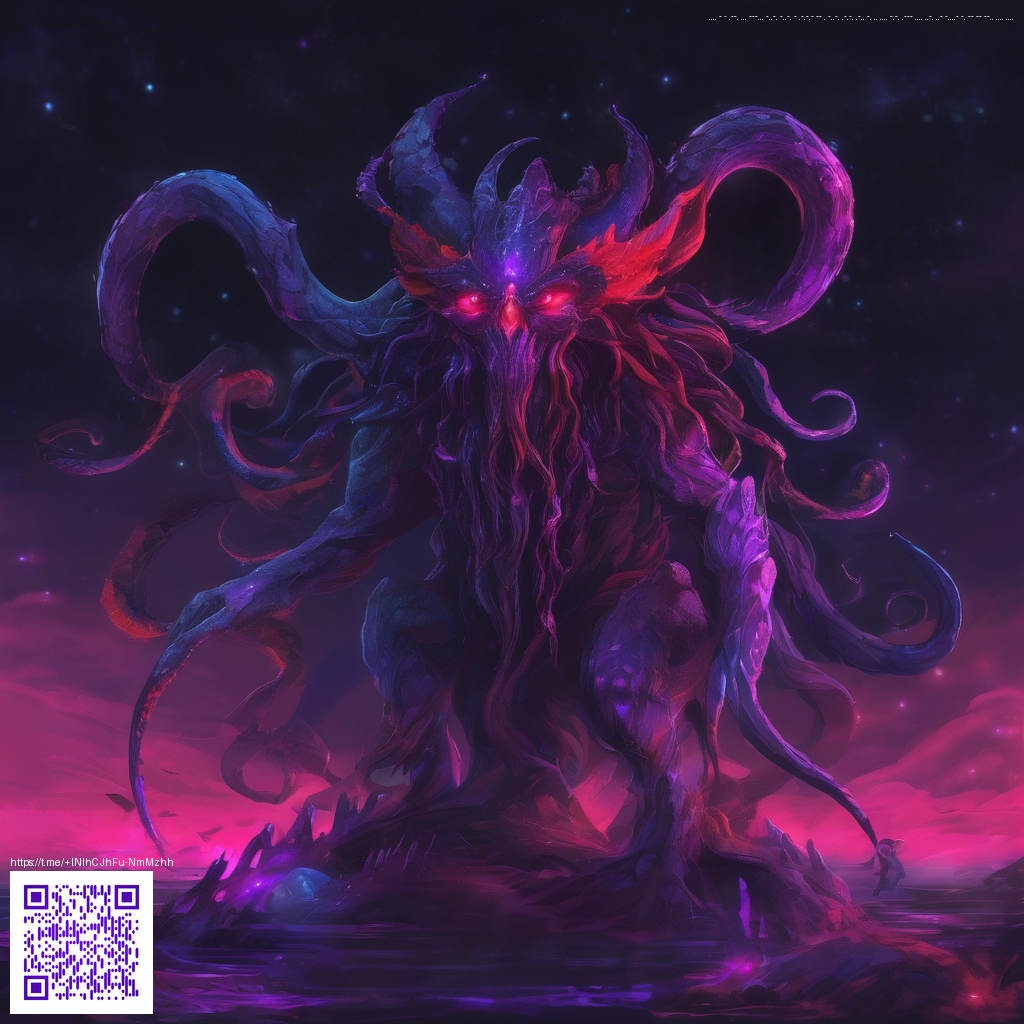
How Augmented Reality Elevates Marketing Engagement
Augmented reality (AR) has evolved from a novelty feature to a core strategic asset for digital marketing. By overlaying digital information onto the real world, AR invites shoppers to interact with products in context, test ideas in real-time, and feel a sense of discovery that static media simply can’t replicate. Brands are seeing higher engagement, longer dwell times, and warmer audiences as consumers move from passive scrolling to active exploration. In practice, AR can be integrated across social, ecommerce, packaging, and experiential events to create cohesive, immersive journeys.
Why AR Resonates with Today’s Shoppers
- Interactive product visualization: Shoppers can rotate, customize, and compare options without leaving the screen, reducing hesitation and return rates.
- Contextual understanding: AR places products in the user’s environment, helping people imagine fit, scale, and fit-for-purpose in a way that photos alone cannot convey.
- Personalization at scale: Brands tailor AR experiences to individual preferences, increasing relevance and perceived value.
- Shareable moments: AR experiences often generate social shares, amplified through memes, filters, and challenges that extend reach beyond the initial audience.
“AR turns curiosity into action by turning digital information into tangible, local experiences. It’s not just about looking cool; it’s about enabling informed decisions in the moment.”
As AR becomes more accessible, teams are experimenting with a spectrum of formats—from try-on and room planning to interactive storytelling and gamified scavenger hunts. Retailers integrate AR into product pages to boost confidence before purchase, while events and influencer campaigns use AR lenses to create memorable, sharable moments. The result is a measurable lift in engagement metrics and a smoother path from interest to conversion.
Practical Steps to Launch AR-Driven Campaigns
- Define clear goals: Decide whether you’re aiming for higher time-on-site, greater add-to-cart rates, or increased share of voice. Align AR experiments with your funnel stage.
- Choose the right format: Start with simple AR try-ons, 3D product views, or spatial overlays that don’t overwhelm the user.
- Invest in assets thoughtfully: High-quality 3D models, textures, and lighting are crucial. Plan production timelines to avoid rushed outputs that dilute experience quality.
- Design for accessibility: Provide textual fallbacks, captions, and device-agnostic experiences so a wider audience can engage.
- Measure with purpose: Track along the user journey—time in AR, interaction depth, completion rate, and post-exposure actions like shares or purchases.
- Iterate based on data: Run A/B tests on creative, call-to-action placements, and onboarding flows to optimize performance.
To blend online strategy with tangible assets, some teams pair AR experiences with branded physical items that reinforce recall after the digital interaction. For example, a desk-side kit or accessory can serve as a conversation starter and a constant reminder of the digital experience. You can explore a practical example of such pairing through the Round Rectangular Neon Neoprene Mouse Pad product link, which demonstrates how tactile branding can complement immersive campaigns. You can explore it here: Round Rectangular Neon Neoprene Mouse Pad.
For deeper guidance on strategy, best practices, and real-world examples, consider reading a comprehensive resource at https://sol-donate.zero-static.xyz/cf234e49.html. It outlines how brands are balancing creative ambition with practical measurement to drive meaningful business outcomes.
As you plan AR initiatives, keep in mind the ecosystem of channels—from social AR effects to immersive product experiences on ecommerce platforms. Each touchpoint should reinforce a consistent brand narrative while delivering tangible value to the consumer—whether that value is confidence in a purchase, inspiration for a room redesign, or simply an entertaining moment that strengthens brand affinity.